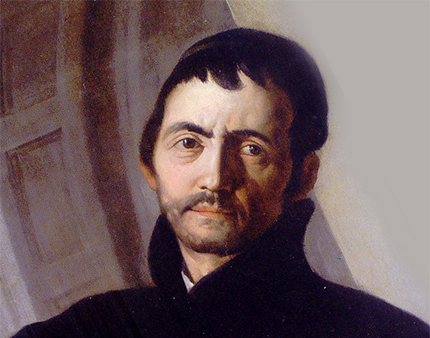Domenico Zipoli - Missa Brevis
Domenico Zipoli (17 October 1688 – 2 January 1726) was an Italian Baroque composer who worked and died in Córdoba, in the Viceroyalty of Peru, Spanish Empire, (presently in Argentina). He became a Jesuit in order to work in the Reductions of Paraguay where he taught music among the Guaraní people. He is remembered as the most accomplished musician among Jesuit missionaries.
Zipoli was born in Prato, Italy, where he received elementary musical training. However, there are no records of him having entered the cathedral choir. In 1707, and with the patronage of Cosimo III, Grand Duke of Tuscany, he was a pupil of the organist Giovani Maria Casini in Florence. In 1708 he briefly studied under Alessandro Scarlatti in Naples, then Bologna and finally in Rome under Bernardo Pasquini. Two of his oratorios date to this early period: San Antonio di Padova (1712) and Santa Caterina, Virgine e martire (1714). Around 1715 he was made the organist of the Church of the Gesù (a Jesuit parish, the mother church for The Society of Jesus), in Rome, a prestigious post. At the very beginning of the following year, he finished his best known work, a collection of keyboard pieces titled Sonate d'intavolatura per organo e cimbalo.
Zipoli continues to be well known today for his keyboard music; many of them are well within the abilities of beginning to intermediate players, and appear in most standard anthologies. His Italian compositions have always been known but recently some of his South American church music was discovered in Chiquitos, Bolivia: two Masses, two psalm settings, three Office hymns, a Te Deum laudamus and other pieces. A Mass copied in Potosí, Bolivia in 1784, and preserved in Sucre, Bolivia, seems a local compilation based on the other two Masses. His dramatic music, including two complete oratorios and portions of a third one, is mostly gone. Three sections of the 'Mission opera' San Ignacio de Loyola – compiled by Martin Schmid in Chiquitos many years after Zipoli's death, and preserved almost complete in local sources – have been attributed to Zipoli.
For more:
http://www.melhoresmusicasclassicas.blogspot.com

